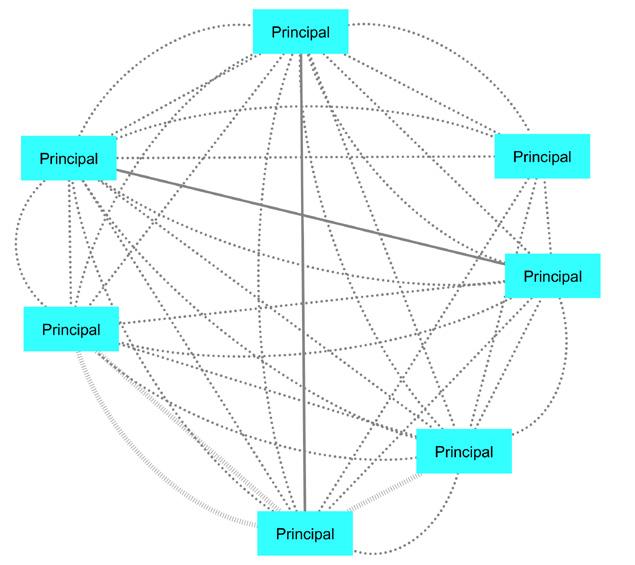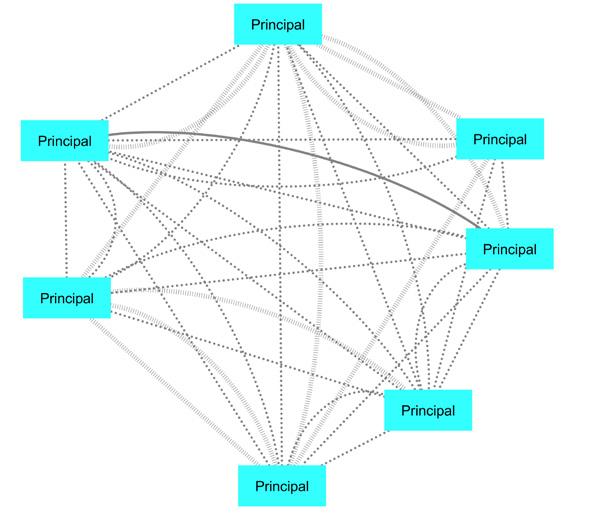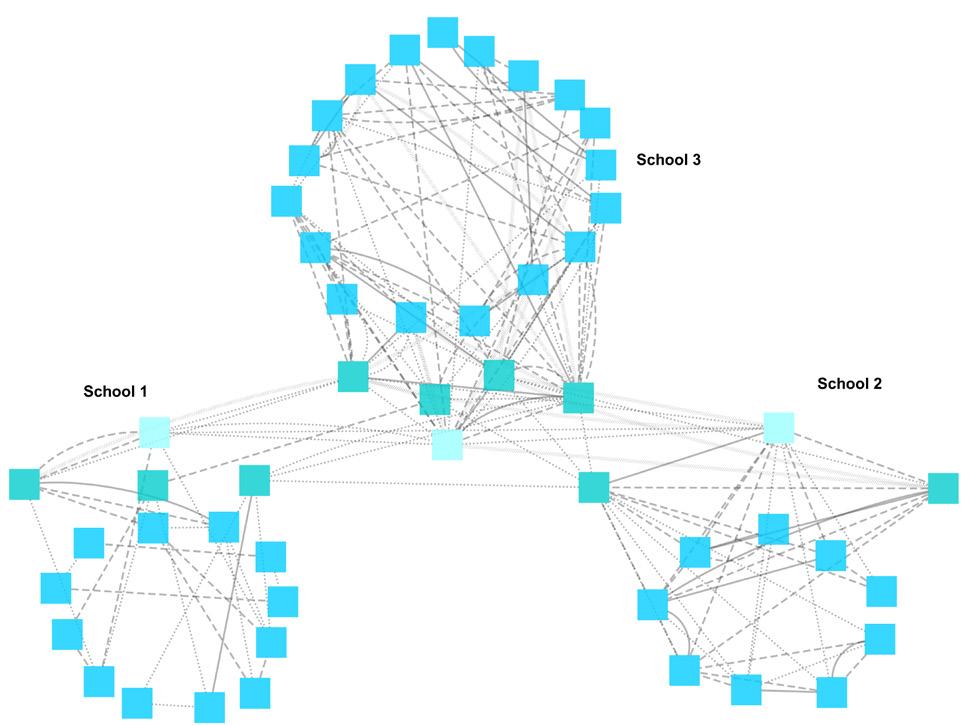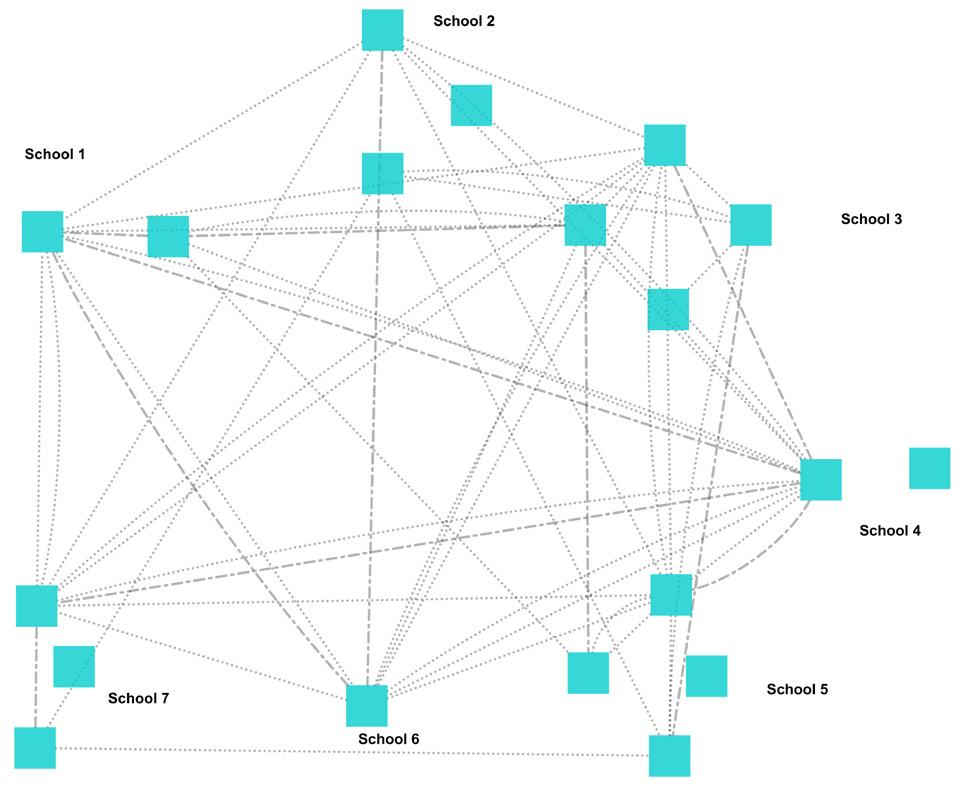EXPLORING COLLABORATION IN ACTION: KAHUKURA COMMUNITY OF PRACTICE
A strategic plan guided CoP expectations School leaders did not want a ‘formulaic’ approach to implementation, and were prepared to let Kahukura’s direction and procedures evolve over time. Principals acknowledged that Kahukura started with a shared vision, but without a collective plan about how that vision would be realised. Links from the vision statement to intended outcomes for each focus area, and how these affected learner wellbeing, were not clearly stated. Kahukura’s strategic plan identified activities related to lifting teaching practice in the focus areas, rather than overall objectives or valued outcomes for student progress. One principal offered the opinion that, although there were no learning outcomes specifically identified for Kahukura, the plan nevertheless guides practice with the clear intention to improve student learning.
“Achievement is not in the [CoP] strategic plan, but it is what we do.”
Principal
Bringing the vison to life was left to each individual school, and there were a variety of approaches to the implementation of the Kahukura strategic plan. Schools continued to address their own initiatives alongside collaboration around the focus areas. Each school’s strategic plan varied in how closely they reflected the Kahukura vision. One school’s charter and strategic plan made very clear links to Kahukura’s plan, vision and purpose. The school’s individual aims, and those it shared with Kahukura, were clearly expressed. This school documented the connection between Kahukura and its aims and referenced the importance of establishing a collective learning culture.
Lead teachers facilitated collaborative inquiry Kahukura’s approach, strongly influenced by the work of Michael Fullan, focussed on embedding new pedagogies and models of learning partnerships between teachers and with their learners.17 Fullan has argued this approach is about attacking inequity with excellence.18 Kahukura’s aims have been to develop teachers’ practice through shared professional development and improved collegiality, both within and across schools, to ultimately create lifelong learners.19 As one of their first areas of focus, NPDL has underpinned teaching practice within each school, and the focus and practices applied to subsequent professional learning and whole school development focus areas. Across Kahukura, principals established a Lead teacher role in each school for each focus area, looking for passion, commitment, and ability when making these appointments. The intention was for Lead teachers to remain close to their colleagues and learners in their school. They designed and trialled changes in teaching practice with their own classes and used feedback from students to make improvements. Lead teachers then worked with their school’s teachers to share and further develop good practice. They not only provided guidance in their own schools, but also shared examples of good practice with other focus area leaders across Kahukura. As shown in Figure 4, Lead teachers connected regularly with each other across Kahukura. 17 Fullan M. & Langworthy M (2014) ; A Rich Seam How New Pedagogies Find Deep Learning michaelfullan.ca/wp-content/uploads/2014/01/3897.Rich_Seam_web.pdf 18 Fullan M. and Gallagher J.M. (2017) “Transforming Systems, Deep Learning and the Equity Hypothesis” Paper prepared for the Learning Policy Institute, Stanford University 19 Ibid.
10






